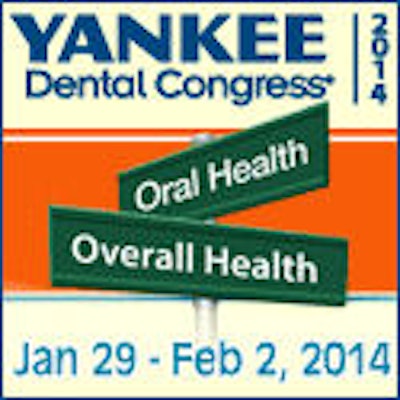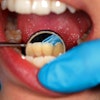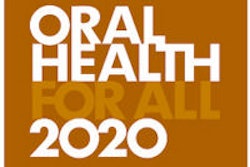
BOSTON - Since 2006, Safety Net Solutions Executive Director Mark Doherty, DMD, has brought increased care and return on investment, as measured by access to patients and financial viability, to 300 programs in 28 states.
Safety Net, part of the DentaQuest Institute, focuses on five key areas: financial stability for dental practices, maximum patient access, quality of care, integration of oral health and primary care, and meaningful patient outcomes. In other words, the firms focuses on "margin and mission."
 Mark Doherty, DMD, executive director, Safety Net Solutions.
Mark Doherty, DMD, executive director, Safety Net Solutions.
Dr. Doherty is a practicing (and fifth-generation) dentist since 1974. In the late 1970s, he was working at the Dorchester House in Dorchester, MA, leading the dental part of a safety-net program that served that community's population of more than 110,000, the majority of which was below the federal poverty line.
In an interview conducted with DrBicuspid.com at the Yankee Dental Congress, Dr. Doherty said that of the centers, such as Dorchester House, only a couple of them, including his, were "in the black." However, with the downturn of the economy in the 1980s, Dr. Doherty found himself taking a call from his CEO, asking why his clinic was now losing significant money.
"I didn't know," Dr. Doherty told DrBicuspid.com. "I'd never been held accountable before."
He found a way to make it work.
"I not only found out why we were losing money, but found ways to increase access," he said. "We found out how to make five chairs seven, then 11, and so on. We found out how to take portable dentistry to populations that couldn't access care because of the barrier of transportation."
This wasn't just throwing money at a problem.
“We figured out the methodology for 'margin and mission' to have balance.”
director, Safety Net Solutions
"We grew and grew but we didn't grow the risk," he said. "We figured out the methodology for 'margin and mission' to have balance." For Dr. Doherty, this "capacity building" means more dental structure, more personnel, and more potential access for patients, but doing that in a way that isn't building more risk or liability.
After successfully reinvigorating his center, Dr. Doherty was tasked with taking the methodology and sharing it with other health centers in Massachusetts. The DentaQuest Institute hired Dr. Doherty to lead Safety Net Solutions.
Dr. Doherty explained that when Safety Net Solutions is brought in to help a health center, there is a two-year process.
"We're heavily invested in the first year, but we don't let go in the second," he said. "We stay invested for the 24 months of the execution of the plan. That's the root of success in our program."
Bringing a data-driven system helps build success in these centers.
"We measure everything we do. We want what we do to be meaningful. We choose financial metrics, access metrics, quality metrics, outcome metrics to measure how successful they are," Dr. Doherty said.
The other advantage to a data-driven system is that it allows Safety Net Solutions to determine what the best-in-class practices are and how to replicate this success. But, community practices face considerable challenges, such as the oral health literacy of a family being treated, perhaps also the socioeconomic status of the family, transportation, and more. Dr. Doherty's solution is to try to group care under one roof.
"The health centers that we work with are these one-stop shopping places, where patients and parents can have social interaction, healthcare, dental care, recreation, get food, get their pharmacy needs taken care of, and more," he said.
Looking at one barrier, transportation, Dr. Doherty noted that location is only one aspect.
"In Dorchester, people could walk to the health center, but as you get more rural, that challenge becomes greater. Do they have a car? Do they have people who can drive it at the right time?" he said.
Location is heavily accounted for in planning new health centers.
"When health centers are built, the environmental scan/needs assessment takes into account the location," he said. "If you build a beautiful health center, but in the wrong location, then no one will use it."



















